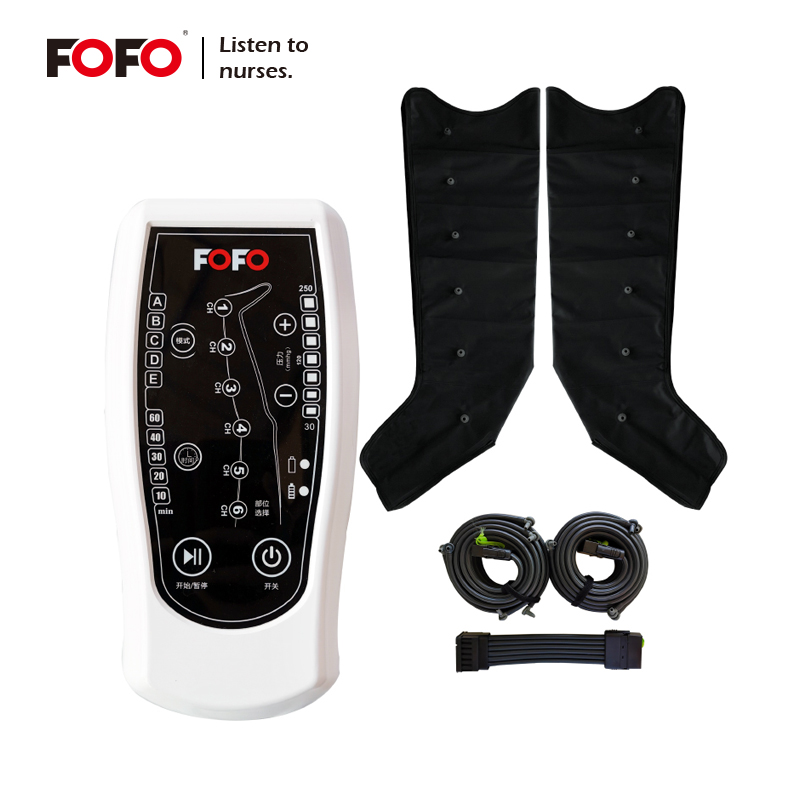
Blood pressure is an indicator of life, and blood pressure measuring devices are the most used medical instruments in the clinic. Due to the advancement of modern electronics, blood pressure measurement devices have evolved from the simplest sphygmomanometers and blood pressure meters to various blood pressure monitors today. In addition to measuring blood pressure, they can monitor various other physiological physiology. Digital blood pressure monitoring allows physicians to diagnose high blood pressure and help their patients control high blood pressure. The portable blood pressure monitor allows patients to measure blood pressure economically at home without a doctor, which helps early diagnosis and hypertension control. Family monitoring can also help physicians distinguish between white coat hypertension (diagnosing indoor blood pressure is always elevated while diagnosing normal outdoor blood pressure) and true hypertension.Implementation principleA blood pressure monitor is a device used to measure arterial pressure when blood is pumped away from the heart. Typically, from a user’s perspective, the monitor includes an inflatable cuff to restrict blood flow and a pressure gauge to measure blood pressure. From a system designer’s perspective, a blood pressure monitor is much more complicated. Its components include: power supply, motor, reservoir, pressure sensor and user interface (including display screen, keypad or touchpad, sound device, and optional USB or ZigBee communication interface).Blood pressure [1] changes continuously during vasoconstriction and relaxation. Vascular systolic pressure is the peak pressure in the artery, which occurs near the beginning of the heart rhythm cycle, when the ventricle is contracting. Vasodiastolic pressure is the minimum pressure in an artery, which occurs near the end of the heart rhythm cycle, when the ventricle is full of blood. The typical blood pressure measurements for a healthy, calm adult are: systolic blood pressure 115 mm Hg (mmHg) (15 kilopascals [kPa]) and diastolic blood pressure 75 mm Hg (mmHg) (10 kilopascals [kPa]) . SBP and DBP arterial blood pressure is not fixed, and the blood pressure value between one heartbeat and another heartbeat in a day is also constantly changing. At the same time, blood pressure will also change due to stress, nutrition, drugs, disease and exercise.
Feature Product
-
4.3” Screen Air Compression Therapy With ...
4.3” Screen Air Compression Therapy With ...
-
Air Compression Therapy Machine for Body Massag...
Recovery Air Compression Therapy Machine for Bo...
-
Alternating Air Pressure Mattress Pad for Recli...
Alternating Air Pressure Mattress Pad: Enhanced...




